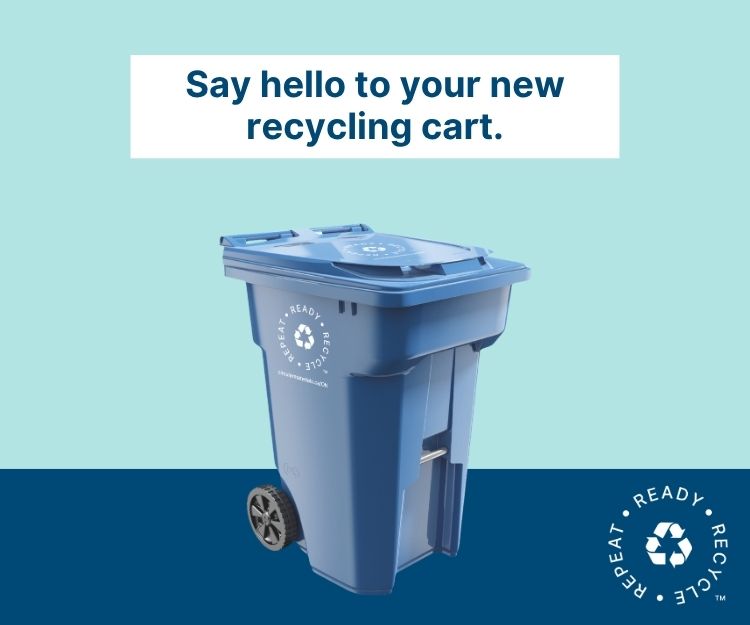
TORONTO — Ontario ordered residents to stay home and declared a state of emergency on Tuesday as grim projections indicated soaring COVID-19 cases could overwhelm the health-care system in weeks.
The government also further delayed the return to in-person learning for schools in some hot spots and introduced several new restrictions, although critics said not much had changed from measures already in place in the current provincial lockdown.
Premier Doug Ford said police would be enforcing the stay-at-home order that takes effect Thursday and pleaded with residents to follow the rules.
“Now more than ever, we need, I need, you to do your part,” he said. “Stay at home, save lives, protect our healthcare system. The system is on the brink of collapse.”
Under the new order, Ontario residents will be required to stay at home except for essential activities such as accessing health care or shopping for groceries. Outdoor exercise will be permitted.
The government has also restricted hours of operation for non-essential retailers currently offering delivery and curbside pick up to between 7 a.m. and 8 p.m., and a five-person cap on outdoor social gatherings.
Wearing a mask is also now recommended outdoors when physical distancing is difficult.
The 28-day state of emergency means police and by-law officers will have the authority to enforce the rules, with the ability to issue tickets.
Ford’s office said the legal parameters of the stay-at-home order will be published online Wednesday.
The government also said schools in five hot spot regions – Toronto, Hamilton, Peel, York and Windsor-Essex – will not reopen for in-person learning until Feb. 10.
Ontario’s health minister left the door open to them remaining closed longer as well.
“School closures in southern Ontario are being extended … and will be assessed on an ongoing basis by the chief medical officer of health,” Christine Elliott said. “Schools in hot spots may not resume.”
The province said child care for non-school aged children will remain open.
NDP Leader Andrea Horwath said the measures announced aren’t dramatically different than what the government has already been asking people to do for weeks.
They also fail to implement key policies that could help people stay at home, such as paid sick days, she said.
“This is an absolutely inadequate response that completely lacks urgency that the circumstances demand,” she said.
The CEO of the Registered Nurses’ Association of Ontario said the new restrictions are “too little, too late.”
The association has called for on the government to impose a full lockdown, similar to the measures taken last spring, as well as a curfew.
Doris Grinspun said the government must also increase supports for vulnerable populations because some people simply can’t afford to abide by a stay-at-home order.
“When you need to put food on the table you will do whatever you need to do,” Grinspun said.
The new restrictions were announced shortly after the province released projections that show the virus is on track to overwhelm Ontario’s health-care system.
Dr. Adalsteinn Brown, one of the experts behind the projections, said that if the province’s COVID-19 positivity rate is at five per cent, Ontario will see more than 20,000 new cases a day by the middle of next month.
If the rate climbs to seven per cent, that means the province will see 40,000 new daily cases.
The projections also indicate deaths from COVID-19 will exceed those in the pandemic’s first wave unless there is a significant reduction in contacts between residents.
They show that under current restrictions, daily deaths from the virus will double from 50 to 100 between now and the end of February.
The data also shows a quarter of the province’s hospitals now have no intensive care unit beds free and another quarter have only one or two beds free.
Brown said health-care providers will face difficult choices in the weeks ahead.
“These are choices that no doctor ever wants to make, and no family ever wants to hear,” he said. “There will be choices about who will get the care they need and who will not.”
Projections show there could be about 500 COVID-19 patients in intensive care by mid-January and potentially more than 1,000 by February under more severe scenarios.
The projections also said 40 per cent of the province’s nursing homes are experiencing outbreaks of the virus.
Deaths continue to spike in long-term care with 198 residents and 2 staff dying of the virus since Jan. 1.
Ontario reported 2,903 new cases of COVID-19 on Tuesday, including eight new cases of a variant from the United Kingdom. The province also reported 41 more deaths linked to the virus.
Toronto Mayor John Tory said he was in favour of Ontario’s stricter measures, pointing to the “dire” case projections.
“The need for us to take further action that is meaningful and that is comprehensive is very real,” he said.
Meanwhile, the president of the Canadian Federation of Independent Business expressed disappointment in the new limited hours for small retailers.
“Walmart, Costco and Amazon can continue to sell non-essential goods in-store or deliver them to Ontarians with no additional changes, but small retailers will not be allowed to hand a product to a customer outdoors or even deliver one after 8 p.m.,” Dan Kelly said in a statement.
– with files from John Chidley-Hill.
This report by The Canadian Press was first published on Jan. 12, 2021.
Shawn Jeffords and Paola Loriggio, The Canadian Press
- September 24, 2025 Issue - September 26, 2025
- September 10, 2025 Issue - September 10, 2025
- August 24, 2025 Issue - August 28, 2025










































